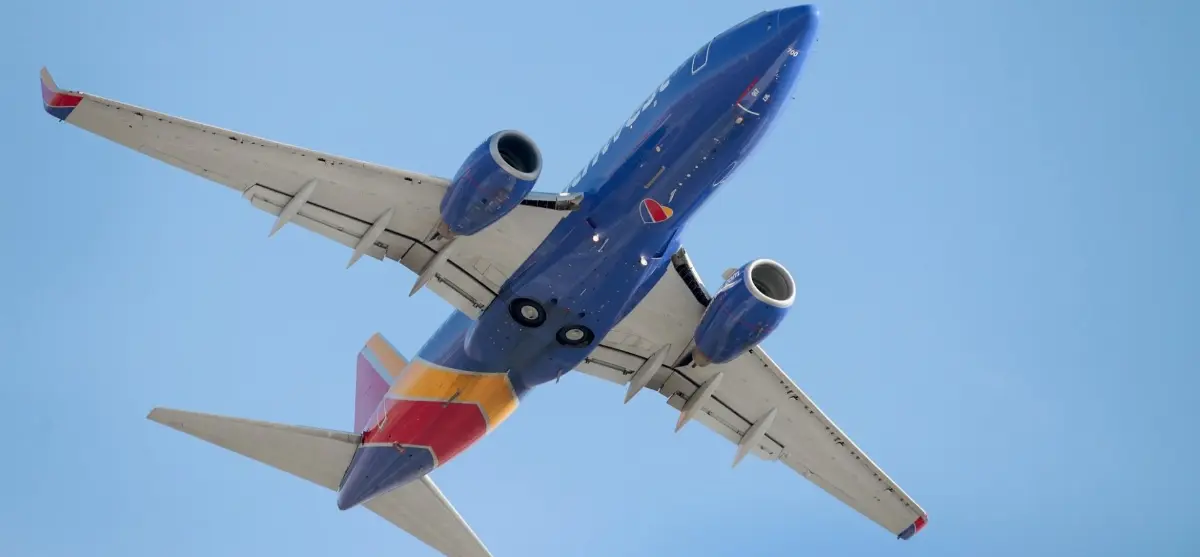
Smoke from Leap-1B engines on B-737 MAX aircraft: NTSB recommends urgent measures
Additional recommendations for the Leap-1A engines on the A-320. FAA, EASA, and CAA China also involved

The American National Transportation Safety Board (NTSB) issued an urgent safety recommendation yesterday. The goal is to address the risk of smoke in the cabin or cockpit on aircraft equipped with CFM International LEAP-1B engines. Additional recommendations have also been made to evaluate the same potential issue on LEAP-1A and -1C engines. CFM LEAP engines power variants of the popular narrow-body passenger aircraft Airbus A-320neo (LEAP-1A), and Boeing B-737 Max (LEAP-1B).
The NTSB, which investigates and publishes reports on accidents involving all modes of transportation including aviation, discovered that the Load Relief Device (LRD), a safety feature designed to reduce the severity of vibrations transmitted from a damaged engine to the airframe, can itself cause damage to the engine’s lubrication system. This condition can allow smoke from overheated oil to enter the ventilation system and, ultimately, the cockpit or passenger cabin.
The recommendations arise from the NTSB investigation of an incident that occurred in December 2023. On that occasion, smoke filled the aircraft after a bird was ingested into the left engine of a Southwest Airlines Boeing 737-8 shortly after takeoff from New Orleans, Louisiana. The flight deck filled with what the crew described as “acrimonious white smoke", so dense that the captain struggled to see the instrument panel. The crew donned oxygen masks, managed to disperse the smoke, and safely landed the aircraft back in New Orleans. No crew members or passengers were injured.
A similar engine damage event occurred in March 2023 on another Southwest flight, when a cloud of vapor filled the passenger cabin after several birds were ingested into the right engine shortly after takeoff from Havana, Cuba. The crew declared an emergency and turned back without further incident.
Concerned that flight crews operating these aircraft might not be fully aware of the potential hazard of a smoke event caused by LRD activation and the appropriate mitigation actions, the NTSB issued an urgent safety recommendation to the Federal Aviation Administration (FAA). The agency was urged to ensure that operators inform flight crews of aircraft equipped with the affected engines. Boeing has already revised pilot flight manuals outlining the steps to prevent smoke ingress into the cockpit or cabin following LRD activation.
In the safety recommendations issued to the FAA, the European Union Aviation Safety Agency (EASA), and the Civil Aviation Administration of China, the NTSB requested that aviation regulators determine whether other variants of the CFM LEAP engine are also susceptible to smoke entering the cabin or cockpit when an LRD activates.
The NTSB further requested that the FAA and EASA require all operators of the affected engines to incorporate software modifications developed by CFM and Boeing.
The full 11-page investigation report is available on-line.
AVIONEWS - World Aeronautical Press Agency